
The Ward siblings formed a band almost by accident – Nelly and Matthew Ward lost their parents while they were minors, and moved in with their sister Annie in 1970. Annie Herring was married to record producer Buck Herring, who bought her a piano. Annie began composing songs, and after school Nelly and Matthew would harmonise with her. The vocal trio backed Barry McGuire on his Seeds album, before releasing their first album in 1974.
When The 2nd Chapter of Acts emerged, rock and roll was viewed with suspicion, and there was little established tradition of Christian rock to work with. Annie Herring was self-taught, and her songwriting was often unconventional, not adhering to usual rhythmic structures, pushing the band a little towards progressive rock. Matthew Ward’s voice is outstanding, agile and soulful, while Nelly was a skilled harmony singer. An observer described their concerts as the trio singing straight to God, with the audience merely privileged spectators. The group’s music largely revolves around the sibling harmonies.
The 2nd Chapter of Acts broke up in 1988, after collaborating with other notable artists like Phil Keaggy and Michael Omartian. The trio released eight studio albums of originals, as well as two albums of hymns. I’ve only covered their first four albums, so let me know if I’m missing out on any good later efforts. I did enjoy their hymns albums when I was younger – the trio’s singing is lovely, despite the distracting 1980s textures.
The 2nd Chapter of Acts Album Reviews
With Footnotes | In The Volume Of The Book | Mansion Builder | The Roar of Love
With Footnotes
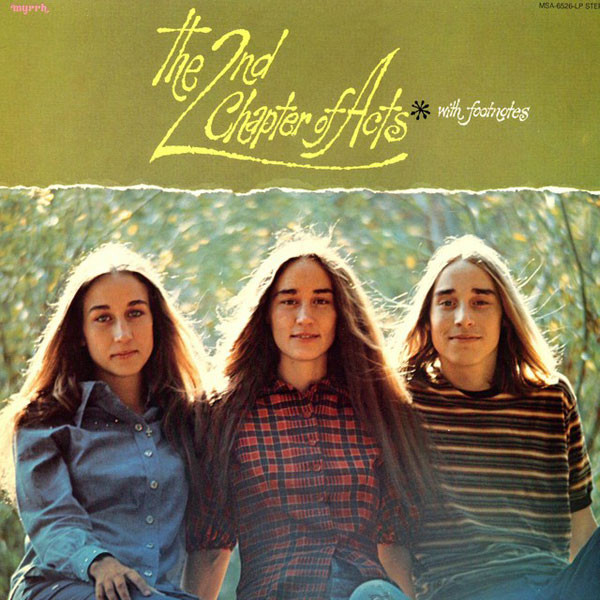
1974, 7.5/10
2nd Chapter of Acts’ debut album, With Footnotes, captures them at their most unformed. Half of these songs sound like they were written for a light musical, piano driven, but offset by rock elements like drumming and weird synthesiser flourishes. With Footnotes features a bunch of high profile musicians – as well as Michael Omartian on keyboards, session pro Joe Osborn is on bass, while John Guerin and Jim Gordon both guest on drums.
The key track here, and the song where the seemingly random musical elements of the album coalesce , is ‘Easter Song’. It starts off as a baroque piano piece, before the soaring melody, unusual rhythm, big harmonies and pompous synthesizers combine to carry it off to a place where it’s practically the ‘Bohemian Rhapsody’ of Christian pop within its modest two minutes running time. Matthew’s vocal spotlight ‘The Devil’s Lost Again’ kicks butt, while opener ‘Which Way The Wind Blows’ is lovely.
It’s an odd mishmash of styles, but With Footnotes is a fascinating look at a talented vocal trio who made a Christian record before the industry crystallised.
In The Volume Of The Book
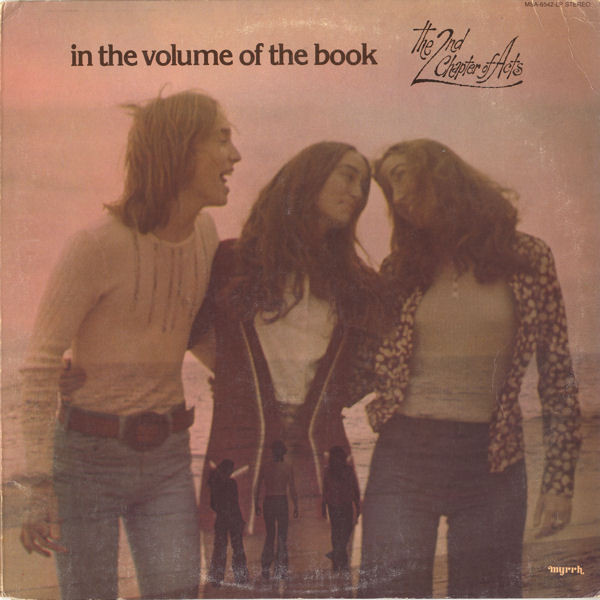
1975, 8/10
In The Volume of the Book contains more stylistic variety than its predecessor. This makes it significantly stronger, even without a straight out classic like ‘Easter Song’. The addition of Phil Keaggy on guitar also helps, adding musical colour more subtly than the bizarre rock flourishes of With Footnotes. As well as Keaggy, most of the backing musicians from With Footnotes are back, along with future Toto bassist David Hungate.
Herring’s songwriting is more adventurous than before – ‘Last Day Of My Life’ starts off as a prim piano ballad, but switches into overdrive with gospel verses, playing to the group’s strengths perfectly. ‘Start Everyday With A Smile’ opens the album with some symphonic playfulness, before opening into the harder edged ‘Yahweh’. My favourite song In The Volume Of The Book is the country ballad ‘Psalm 63’, with a lovely Matthew Ward vocal. The group’s vocals are as lovely as ever – the opening lines of ‘Last Day Of My Life’ and ‘Morning Comes When You Call’ demand attention with their beautiful cascades of notes.
In The Volume of the Book strikes a nice balance for The 2nd Chapter of Acts – smoothing off the most awkward edges from their debut without losing their identity.
Mansion Builder
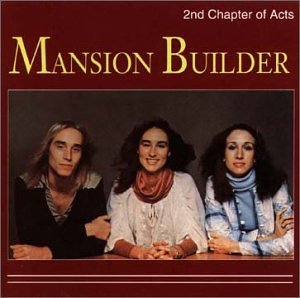
1978, 6.5/10
2nd Chapter of Acts took a three year hiatus from studio albums, but released two live projects in the mid-1970s; To the Bride with Barry McGuire and How the West Was One with Phil Keaggy. Annie Herring also released two solo albums, including the children’s record Kids of the Kingdom. The group returned to the studio in 1978 for the newly formed Sparrow Records. Mansion Builder features the group’s live backing band A Band Called David, and without as a result the musicianship isn’t as flashy as the first two albums. Mansion Builder moves away from the folk feel of their first two albums and into a more contemporary pop sound, with touches of R&B and disco.
The best songs are where Matthew Ward takes central stage – he co-wrote ‘Psalm 93’ with keyboardist Richard Souther and it packs a lot into its sub-three minute running time, changing from a piano ballad to a dramatic show-stopper with loopy synths.Ward’s muscular vocal propels ‘Starlight, Starbright’. Elsewhere, Mansion Builder is best when it’s pretty – the straightforward title track and the cover of Melody Green’s ‘Make My Life A Prayer To You’.
Mansion Builder has good material but it subsumes too much of the group’s homespun charm under a slick late-1970s sound.
The Roar of Love
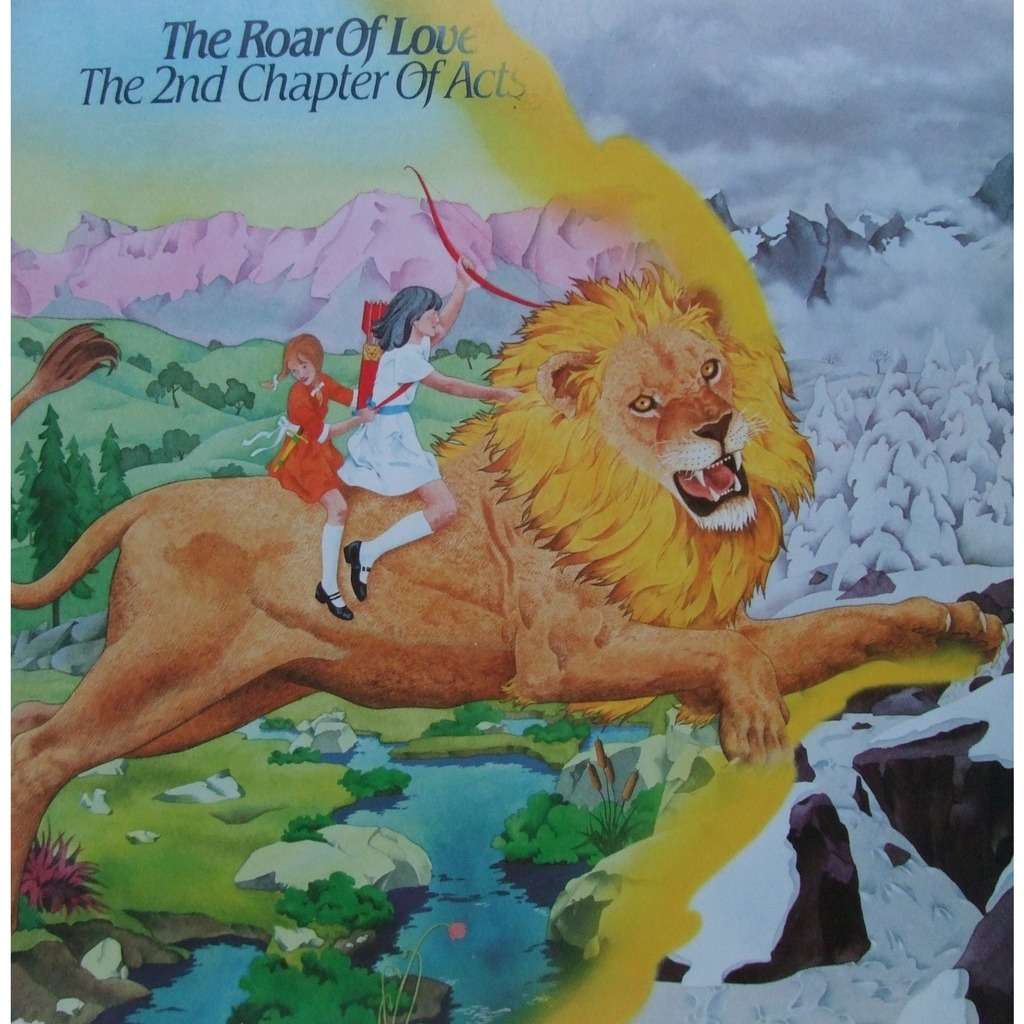
1980, 8.5/10
As evident from the cover, The 2nd Chapter of Acts fourth album was a concept record based around C.S. Lewis’ The Lion, The Witch, and The Wardrobe. Thankfully, the ace studio musicians are back – along with Michael Omartian, Phil Keaggy’s on guitar, and the rhythm section is Leland Sklar and David Kemper, giving The Roar of Love more excitement and verve. I’m not sure that the narrative would make any sense if you haven’t read the book, but I imagine that the crossover between Narnia fans and 2nd Chapter of Acts fans is very high.
Matthew Ward gets his big vocal spotlight playing Edmund Pevensie on ‘Turkish Delight’, while the group’s tendencies towards melodramatic show-tunes are perfectly suited to songs like ‘The Roar of Love’ and ‘He’s Broken Thru’. The closing ‘White Stag’ is a fascinating concoction, driven by an acoustic strum but coloured with squiggly synths and strings. With the concept, the prominent synths, and Annie Herring’s complex compositions, The Roar of Love is just about in progressive rock territory.
2nd Chapter of Acts and C.S. Lewis work beautifully together, and The Roar of Love is a near-forgotten near-masterpiece.
Ten Best 2nd Chapter of Acts Songs
Easter Song
White Stag
Psalm 63
Psalm 93
Turkish Delight
The Devil’s Lost Again
Last Day of My Life
Which Way The Wind Blows
Yahweh
Starlight, Starbright
2 Comments
Leave a Reply
Related Pages
About
Aphoristic Album Reviews is almost entirely written by one person. It features album reviews and blog posts across a growing spectrum of popular music.
Review Pages
Read about the discographies of musical acts from the 1960s to the present day. Browse this site's review archives or enjoy these random selections:
Blog Posts
I add new blog posts to this website every week. Browse the archives or enjoy these random selections:
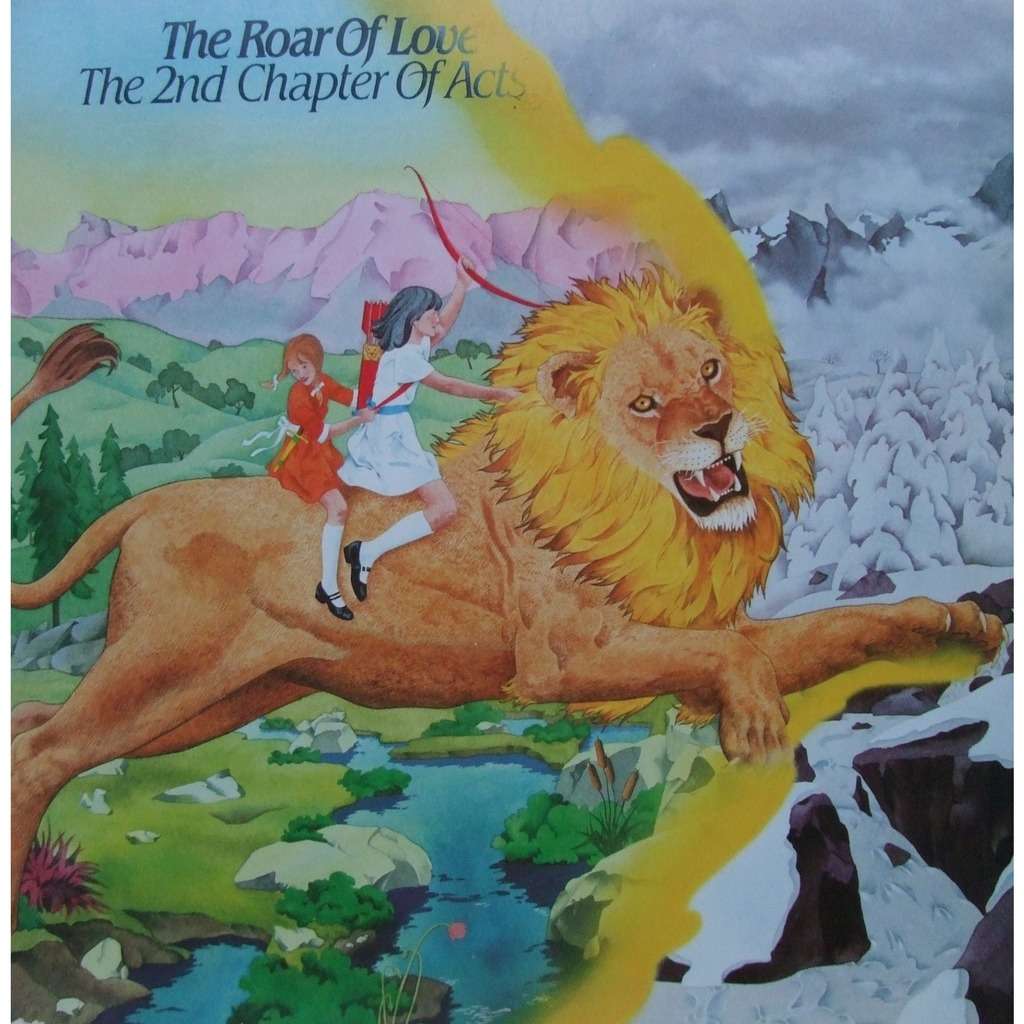
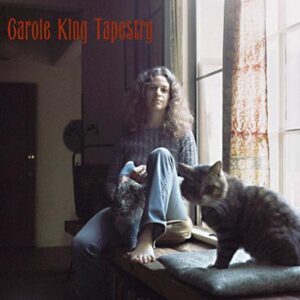
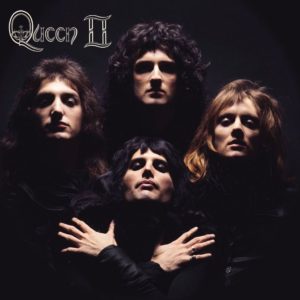
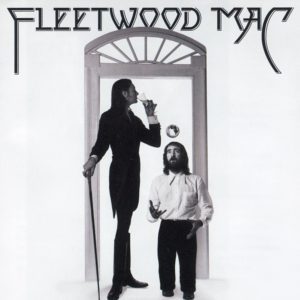
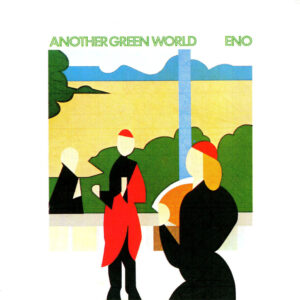
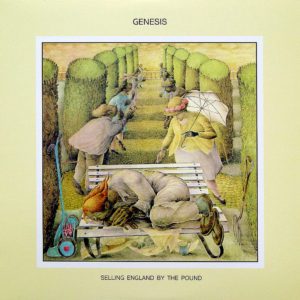
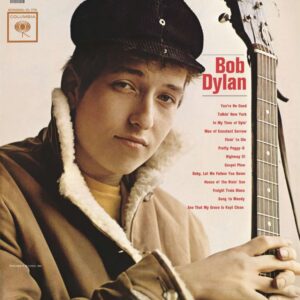
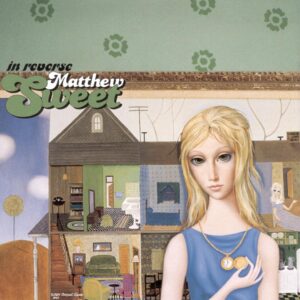

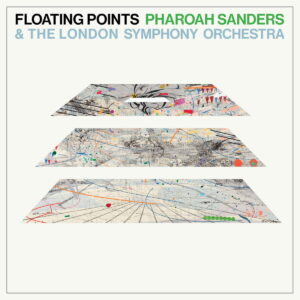
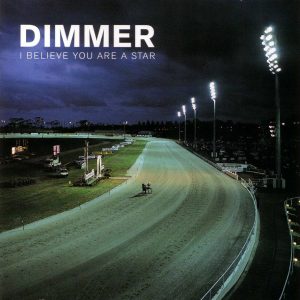
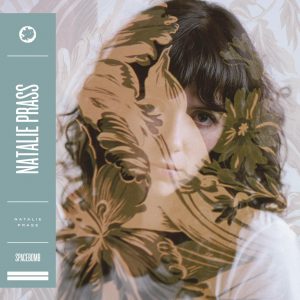
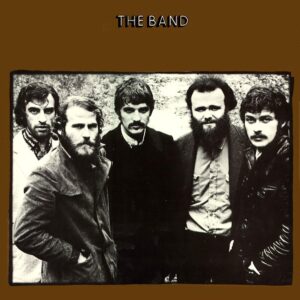
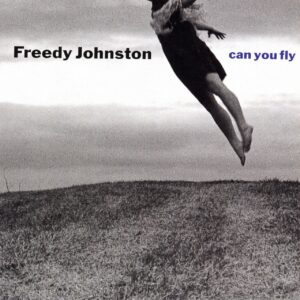
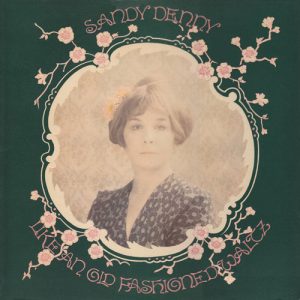
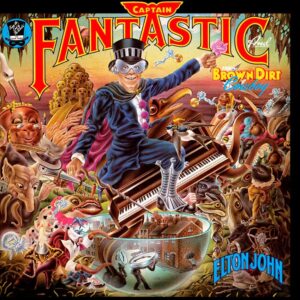
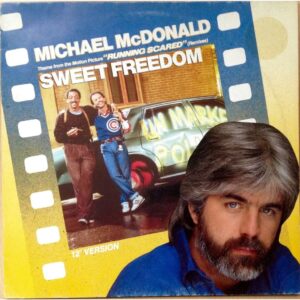
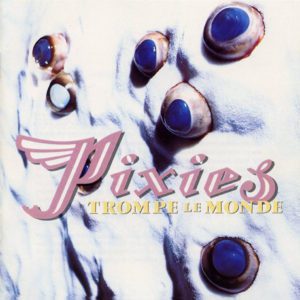

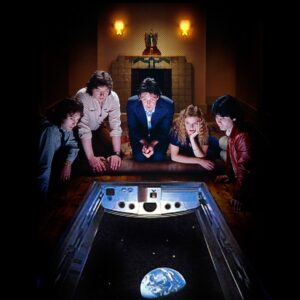
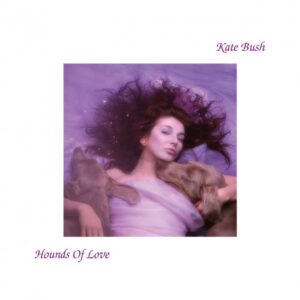
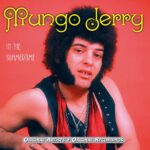
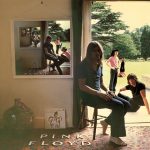
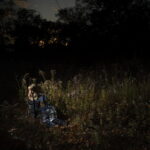
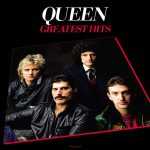
I could say a lot, but let me first see if I get a reply from this, since I can’t tell what year this article was published. I LOVE some 2nd Chapter songs, but some of their songs are just too… weird. I totally get the Bohemian Rhapsody reference. Honestly, there are MUCH better bands.
Hello Allen, this page was published in October 2019 and comments are generally replied to (if they’re not too mean). So comment away.